At Caney Fork Farms, our 100% grass-fed and finished lamb is more than just tender and flavorful—it’s a powerful expression of regenerative agriculture in action.
We raise Katahdin sheep, a hardy, hair breed known for its mild, clean-tasting meat. Our sheep are pasture-raised year-round, grazing on rotating fields of nutrient-rich forage. Even better? They often graze alongside our cattle in a flerd (that’s a flock + a herd), a practice that benefits both the animals and the land.
This flavorful, nutrient-dense lamb is available through our Meat CSA program, at both of our farmers market booths, and as part of a custom meat order for local pickup.
Sheep and Soil: Partners in Regeneration
Sheep play a vital role in our agro-ecosystem. Like cattle, they help cycle nutrients by taking in minerals and carbon from plants and returning them to the soil in a form that supports future plant growth. This not only nourishes our pastures but fuels the carbon cycle—capturing atmospheric CO₂ through photosynthesis and helping return it to the ground through natural grazing and manure.
Our sheep also contribute to biodiversity. Because they graze differently than cattle, favoring shorter grasses and broadleaf plants, they help encourage a wider range of pasture species to thrive. That plant diversity leads to greater insect, fungal, microbial, bird, and wildlife diversity, making our land more resilient and alive.
They also help maintain our agroforestry pastures, where trees like chestnuts share space with perennial grasses. In return, the animals benefit from shade, cooler temperatures, and natural protection—especially important during Tennessee summers.
Why We Graze in a Flerd
When sheep and cattle graze together, it mimics the biodiversity of wild grazing herds. Cattle tend to eat taller grasses, while sheep prefer shorter forage and broadleaf plants. This difference in grazing behavior means better pasture utilization, fewer weeds, and healthier regrowth. The animals also naturally fertilize the land as they go, increasing soil organic matter and improving water retention—a win for both the planet and the pasture.
The Health Benefits of Lamb
Not all lamb is created equal. Our regeneratively raised lamb is:
-
Rich in omega-3 fatty acids, which support heart and brain health
-
High in conjugated linoleic acid (CLA), known for its anti-inflammatory properties
-
Packed with vitamin B12, iron, zinc, and selenium, essential for energy and immune function
Because our sheep are never fed grain or confined, the nutritional profile of their meat is significantly better than conventionally raised alternatives. You’re getting a clean protein source that supports gut health, metabolic function, and sustainable eating habits.
Why It’s Good for the Planet
Our lamb program is part of a larger commitment to regenerative farming, which builds soil health, sequesters carbon, and supports diverse ecosystems. By rotationally grazing our livestock and avoiding synthetic inputs, we restore the natural rhythms of the land instead of depleting them.
When you eat lamb from Caney Fork Farms, you’re nourishing your body and contributing to a healthier planet.
Get Cooking: A Simple, Nourishing Lamb Recipe
Ready to enjoy our lamb at home? Here’s a recipe to get you started!

